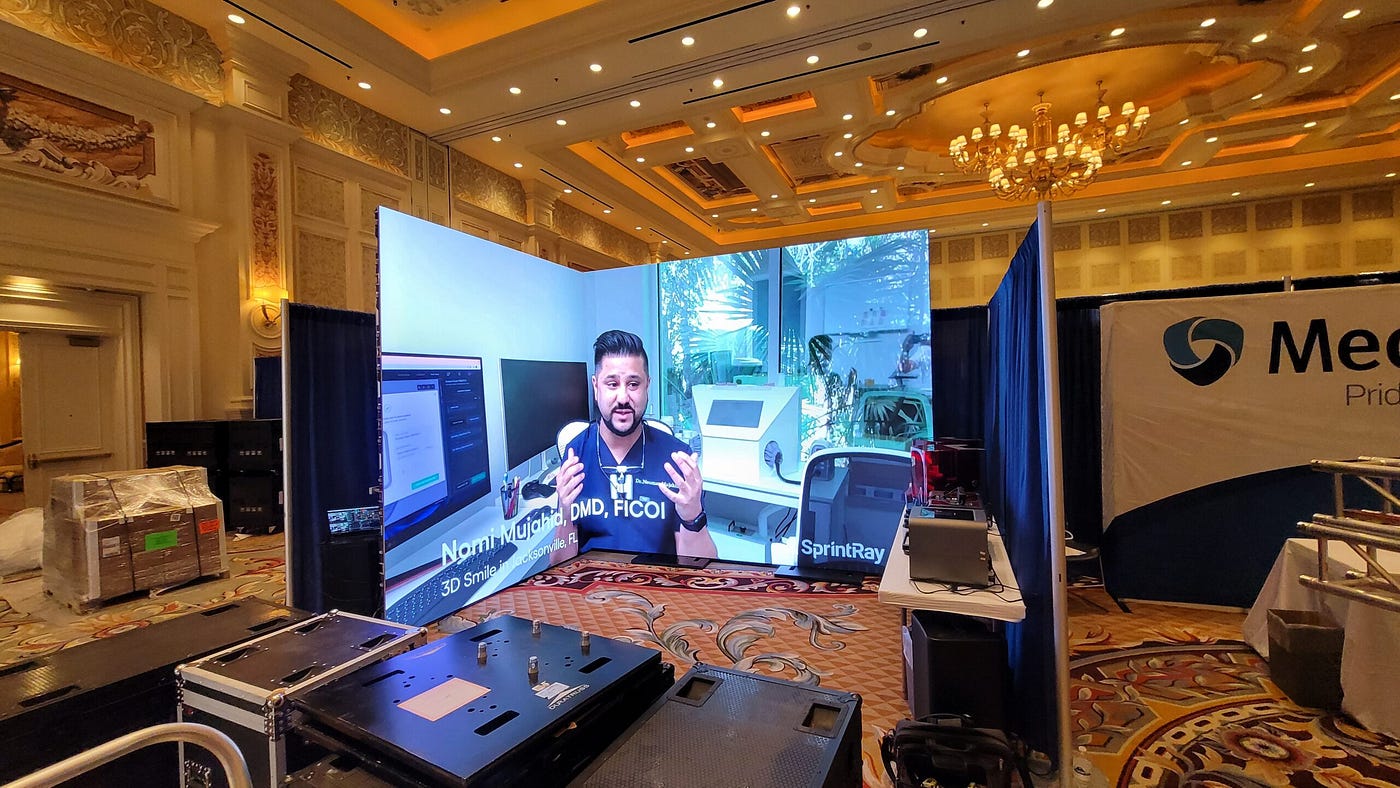Perfecting the Art of Hue Calibration for Breathtaking Imagery on LED Screens
Wiki Article
Color calibration is an essential process for achieving stunning visuals on LED walls. LED screens are commonly used in various environments, such as musical events, conferences, and advertising displays. These walls consist of many small light-emitting diodes that create images and footage. However, if the hues are not adjusted properly, the images can appear dull or distorted. Color calibration guarantees that the hues shown on the light-emitting diode screen are precise and lively, improving the complete watching encounter.
The initial phase in color calibration is comprehending the hue spectrum. Hue spectrum refers to the range of colors that can be displayed on a screen. Different devices, such as cameras and monitors, may use different hue spectra. Typical hue spectra include standard RGB, Adobe's RGB, and Digital Cinema Initiatives P3. Understanding which hue space the LED wall uses is crucial for accurate tuning. This understanding helps in adjusting the colors to align the intended result, guaranteeing that the visuals appear as they were intended to be viewed.

Subsequently, using a hue calibration tool is vital for achieving precise outcomes. These devices can be physical devices or software tools designed to measure and adjust hues. A colorimeter is a popular hardware tool that assesses the hues shown on the light-emitting diode wall. It provides data on how the colors appear compared to the reference metrics. By using this information, adjustments can be made to the light-emitting diode screen configurations, such as luminosity, differentiation, and color balance. This process helps in aligning the displayed colors with the desired hue benchmarks.
Another crucial factor of hue calibration is ambient light evaluation. The illumination in the surroundings where the light-emitting diode wall is located can significantly affect how colors are perceived. For instance, bright ambient light can wash out colors, making them look less vibrant. Therefore, it is essential to evaluate the lighting conditions before calibrating the LED wall. Adjustments may need to be made to the wall's luminosity and differentiation configurations to counter for the ambient illumination. This guarantees that the hues remain vivid and true to their intended appearance.
Finally, regular maintenance and recalibration are necessary to keep the LED wall performing at its best. Over time, the colors on the LED screen may deviate due to factors like aging components or changes in the environment. Regularly scheduled tuning assist to preserve color accuracy and uniformity. It is also advantageous to this website maintain a log of tuning configurations and outcomes. This record-keeping can help in spotting patterns or issues that may occur, enabling for prompt modifications. By focusing on hue calibration, users can ensure that their LED walls provide breathtaking images that engage audiences.